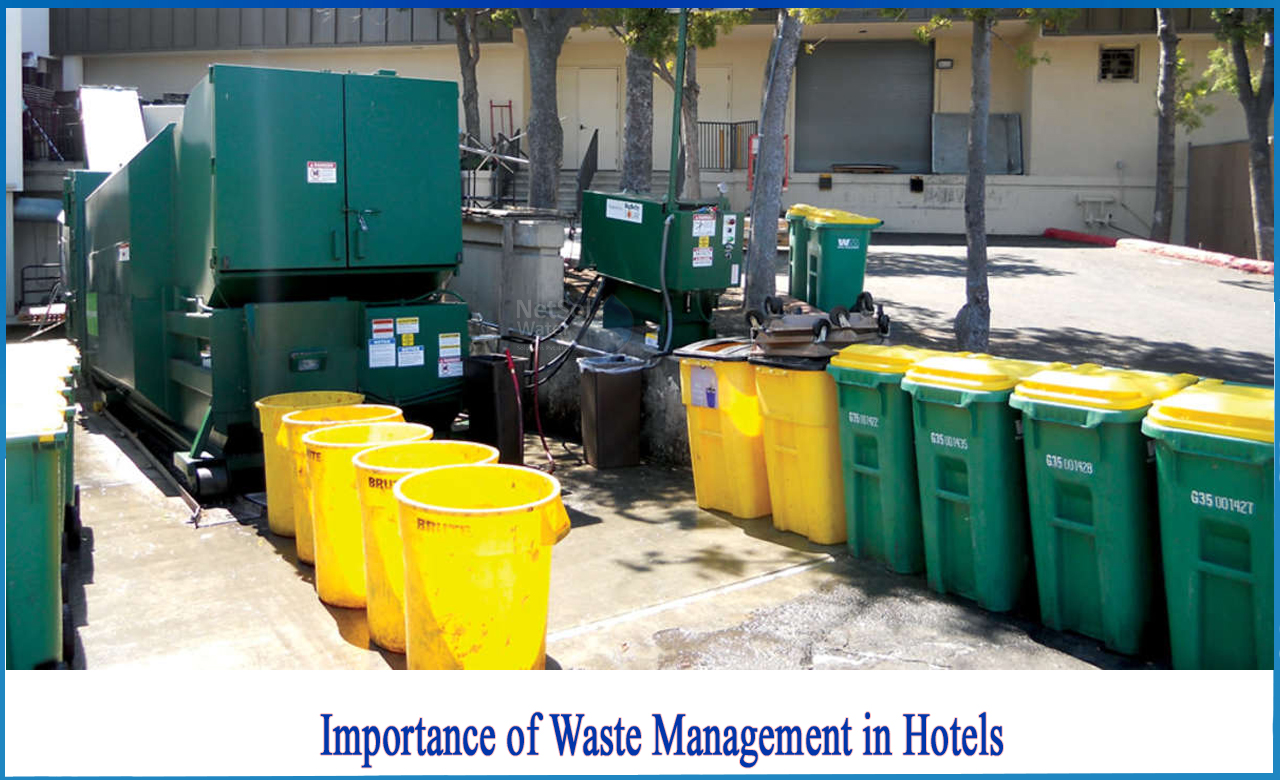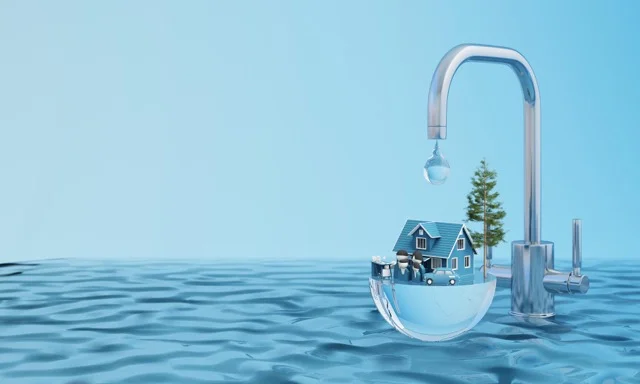The Only Guide for Reclaim Waste
The Only Guide for Reclaim Waste
Blog Article
Indicators on Reclaim Waste You Need To Know
Table of ContentsAn Unbiased View of Reclaim WasteSome Ideas on Reclaim Waste You Need To KnowAn Unbiased View of Reclaim WasteIndicators on Reclaim Waste You Need To KnowReclaim Waste - TruthsReclaim Waste Fundamentals Explained

Never place dangerous substances down sinks, commodes or stormwater drains Substances consisting of gasoline, grease, oil, chemicals and herbicides, and solvents such as paint strippers need to not be put down sinks, commodes or stormwater drains pipes. These substances are tough to remove in the sewer therapy process and create air pollution troubles in our local waterways.

Although liquid waste is a term that covers a wide selection of products, there's a good reason leaving its disposal to the specialists is suggested. Liquid waste is non-solid material that has no more use and must be treated and disposed of according to local, state and federal laws.
Reclaim Waste for Dummies
Examples of liquid waste can include wastewater, fats, oils or grease, used oil, fluids, solids, gases or sludges and unsafe home fluids, there are some that are taken into consideration to be extra unsafe than others when it comes to the environment and the health of pets and human beings alike. It's because of this that each state and area have rigorous policies connected to liquid waste administration.
Liquid waste can be saved in holding storage tanks or packaged in drums, intermediate bulk containers or authorized tiny containers prior to either being treated or eliminated through outsourced vacuum cleaner vehicles. Provided the nature of the materials, fluid waste can not go in the general waste stream and there are strict policies on how to take care of it appropriately.
(https://medium.com/@leonaube33101/about)Depending on a decision of the degree of threat, it may be required to remediate those websites. On top of that, hazardous liquid chemical wastes are controlled waste and has to be tracked according to the state waste regulation. Under the chain of wardship and duties, proprietors are responsible and liable for waste produced by a service.
One of the core applications for superabsorbent polymers (SAPs) is liquid waste solidification. liquid waste disposal. SAPs are utilized by waste monitoring specialists to avoid possibly dangerous fluids from going into rivers, groundwater aquifers, and various other sensitive environments. Because fluids can swiftly deliver contaminants right into ecological receptors and potentially add to geotechnical failings, liquid wastes are nearly always prohibited from disposal in land fills
Reclaim Waste Can Be Fun For Everyone
Basically, cost-free fluids are fluids that divide from the strong part of waste product. Liquid waste can include the following: HDD mud and cuttings Garbage dump leachate Wastewater therapy sludge & biosolids Dredged sediments Oil and gas drill cuttings Working out pond muck Hydro Excavation slurry Coal combustion residuals/ash Container base sludge Concrete grinding/polishing slurry Relevant Article: For a practical instance of cost-free fluids view dividing from waste material, consider the following scenario: A waste monitoring contractor lots a dump associate sludge from a wastewater therapy plant's oygenation container, during a regular upkeep occasion.
When the vehicle driver gets here at the landfill, he notifications water seeping from the sludge and pouring from the dump vehicle. The tons was turned down by the landfill and the driver was compelled to get rid of the waste as a liquid waste at an unique facility, which increased the disposal costs greatly.
We additionally need to be accountable for the correct disposal of our waste products. It is not enough that we pay waste disposal companies to take treatment of our rubbish.
What Does Reclaim Waste Do?

Segregating your waste can begin inside the home. Segregate dry and liquid waste as well as edible waste, naturally degradable and non-biodegradable materials.
Layer the base with dirt to absorb the wet waste. Layer the compost with wet and dry waste as well as dirt to preserve a balance between the wet and the dry.
The Definitive Guide for Reclaim Waste
Cover the garden compost container. When a week, add soil on top of the garden compost. To facilitate faster decomposition, you can also add semi composted soil to the compost. Maintain the garden compost. If you observe the odor is becoming too solid, add extra papers and paper waste or include more holes to the garden compost bin to keep the equilibrium of the waste products.
We additionally require to be responsible for the correct disposal of our waste materials. It is not sufficient that we pay waste disposal companies to take treatment of our rubbish.
Our waste, our responsibility. Have you ever before wondered what happens to your liquid waste after it's accumulated? Did you know that liquid waste can be reused?
How Reclaim Waste can Save You Time, Stress, and Money.
The dreamland is a good outdoor area with plenty of sunshine and air. Segregate your waste. Segregating your waste can begin inside the home. Set apart dry and liquid waste in addition to edible waste, naturally degradable and non-biodegradable products. Constantly keep the lid on your containers to avoid bugs, worms, flies, and unpleasant smells.
Layer the base with dirt to take in the wet waste - liquid waste removal. Layer the garden compost with wet and dry waste as well as dirt to keep an equilibrium in between the wet and the dry.
Cover the garden compost container. When a week, include dirt in addition to the garden compost. To facilitate faster disintegration, you can also add semi composted soil to the compost. Preserve the garden compost. If you discover the odor is ending up being as well solid, add extra newspapers and paper waste or add even more holes to the garden compost bin to keep the equilibrium of the waste materials.
Report this page